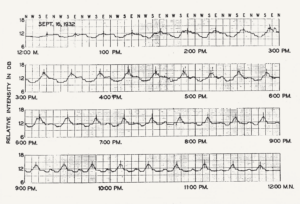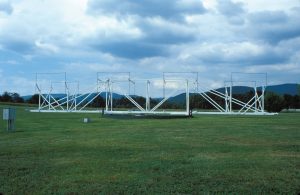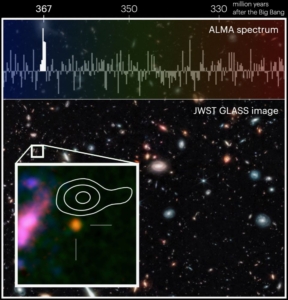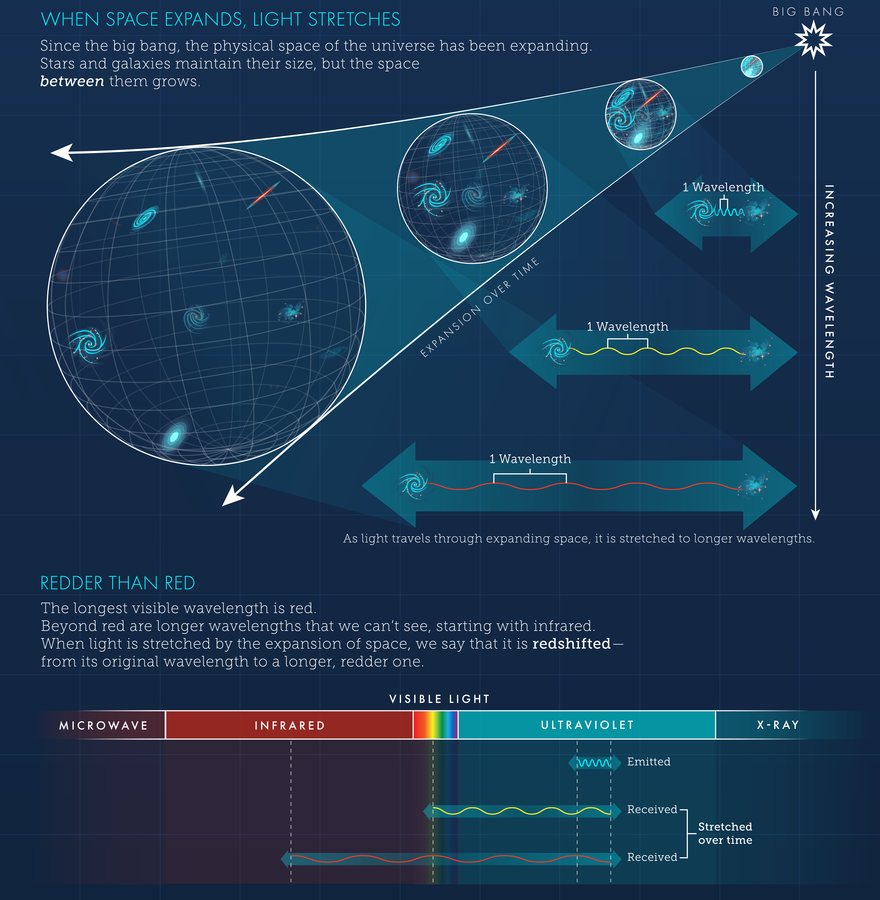The National Science Foundation’s National Radio Astronomy Observatory (NRAO) has launched two new funding opportunities for student researchers at U.S. institutions through the Student Observing Support (SOS) program and the NRAO/GBO Post-Bacc Program— a collaborative effort with the Green Bank Observatory (GBO).
Student Observing Support (SOS) Program
NRAO’s SOS has received funding through the North American ALMA Science Center (NAASC) to support graduate and undergraduate research projects using ALMA archival data. Applications for the ALMA archival science program are due June 5, 2023 at 5:00pm Eastern Time. More details and application access are available at https://science.nrao.edu/facilities/opportunities/student-programs/sos
SOS is a fellowship intended to strengthen the role of the Observatory in training the next generation of telescope users, and provides support to new observing programs for NSF’s Karl G. Jansky Very Large Array (VLA), the Very Long Baseline Array (VLBA), and the Atacama Large Millimeter/submillimeter Array (ALMA, via NAASC), and for programs using ALMA archival data.
Applications for support for VLA and VLBA programs will open on June 7, 2023.
NRAO/GBO Post-Baccalaureate Fellowship
Recent and soon-to-be graduates planning to attend grad school and conduct research in radio astronomy and related sciences are eligible to apply for funding through the NRAO/GBO Post-Baccalaureate Fellowship program. The 9-12 month program funds astronomy research under the mentorship of NRAO/GBO scientific staff at the Domenici Science Operations Center in Socorro, New Mexico; NRAO HQ in Charlottesville, Virginia; or, GBO in Green Bank, West Virginia. The fellowship includes a stipend and travel support to locate to the selected NRAO or GBO site, and attend a scientific conference.\
Applications for the NRAO/GBO Post-Baccalaureate Fellowship are due June 16, 2023 for appointments beginning in Fall 2023.
More information and application instructions are available at https://science.nrao.edu/opportunities/student-programs/nrao-post-baccalaureate-fellowship
The National Radio Astronomy Observatory and the Green Bank Observatory are major facilities of the National Science Foundation, operated under cooperative agreement by Associated Universities, Inc.
The post NRAO Announces Funding Opportunities for U.S. Students appeared first on National Radio Astronomy Observatory.
















